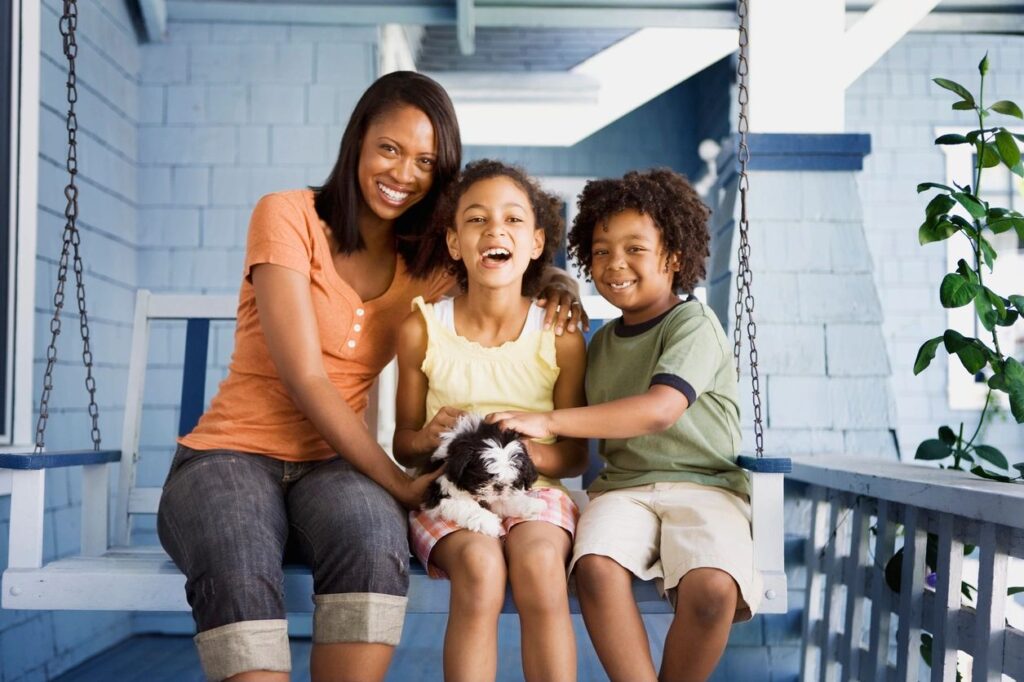
Dog care requires careful planning especially when it comes to introducing a new dog to your existing pets. In this essay, we will discuss the best practices for introducing a new dog to your household in the UK. We will draw upon expert advice from reputable sources such as the Humane Society, Battersea Dogs & Cats Home, and Cesar’s Way.
Thank you for reading this post, don't forget to subscribe!Preparing for the Introduction
Before bringing your new dog home, it’s important to prepare your household for the introduction. One of the first things you should do is to set up a separate space for your new dog. This space should be comfortable, safe, and equipped with all the necessary supplies such as food, water, and toys. In my previous blog post, I outlined the 10 dog care accessories every dog owner should have. It’s also important to ensure that your existing pets have their own space and that they won’t feel threatened by the new dog’s presence.
Be ready to learn
If you have no experience in dog care, it’s important to start your preparation by reading blog posts, watching video content, and seeking support from dog care professionals to adequately equip yourself before introducing a new dog into your home. This will help you to learn more about dogs including basic first aid techniques suitable for your dog, healthy dog treats for your dog, and ways to prevent separation anxiety in newly adopted rescue dogs.
Introducing Neutral Territory
When introducing your new dog to your existing pets, it’s best to do so in neutral territory. This means that you should take your dogs to a place they are unfamiliar with, such as a park or a friend’s backyard. Each dog should be walked separately on a leash, and each walker should have a bag of high-value treats or food broken into small pieces. At first, walk the dogs at a distance where they can see each other but are not too provoked by each other’s presence. If the dogs are not showing any negative behaviors, reward them with treats just for seeing each other. Repeat this process often.
Body Language
It’s important to pay attention to each dog’s body language during the introduction process. Watch carefully for body postures that indicate a defensive or wary response, including hair standing up on the dog’s back, teeth-baring, growling, a stiff-legged gait, or a prolonged stare. If you see such postures, either when the dogs are at a distance or near each other, immediately and calmly interrupt the interaction and separate the dogs.
Reinforcing Positive Behaviors
When the dogs are showing positive behaviors, such as sniffing each other or wagging their tails, reinforce these behaviors with treats and praise. For example, when the dog you’re walking looks at the other dog, you can say “Good boy!” in a happy, friendly voice and give him a treat. Repeat this process often to reinforce positive behaviors.
Supervision
It’s important to supervise your dogs at all times during the introduction process. Never leave them alone together until you are sure that they are comfortable and safe around each other. If you need to leave the house, separate the dogs by using a sturdy, tall baby gate to keep them apart.
Conclusion
Introducing a new dog to your household can be a challenging process, but with careful planning and preparation, it can also be a rewarding one. By following the best practices outlined in this essay, you can ensure a smooth transition for your new dog and your existing pets. Remember to take your time, be patient, and always supervise your dogs during the introduction process. My previous blog post also provides useful insight into techniques to train your dog to come when called.



